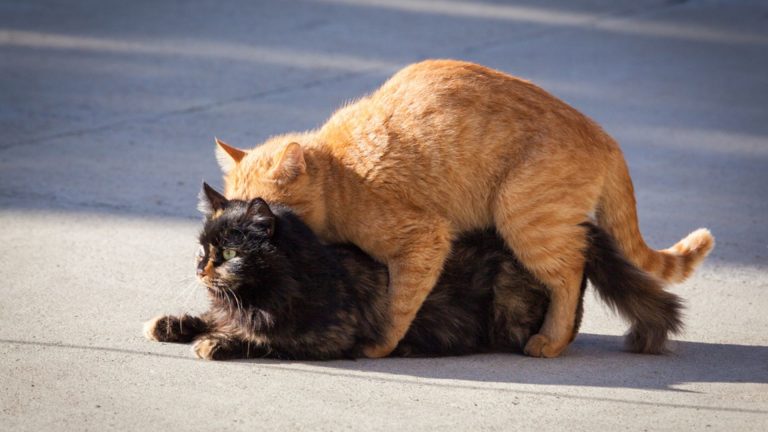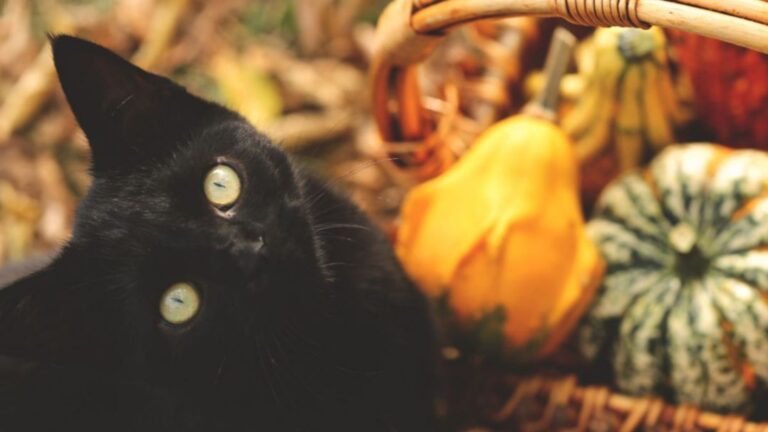Why People Are Seeing More Black Bears In Pennsylvania Neighborhoods
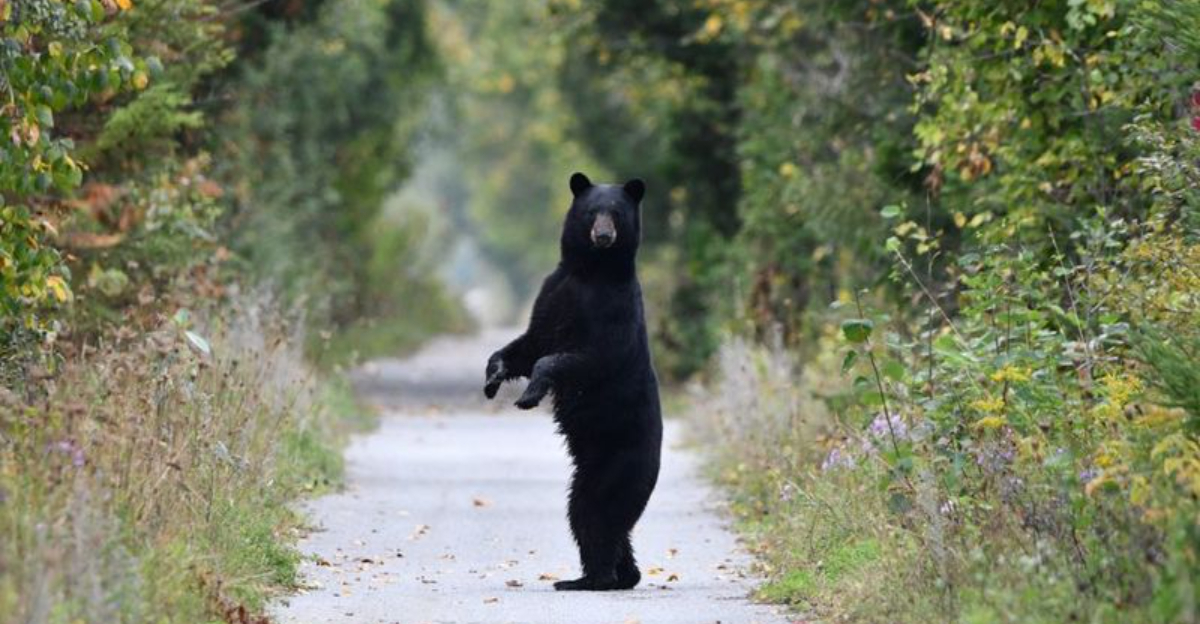
Black bears are becoming a more common sight in Pennsylvania neighborhoods, causing both fascination and concern among residents.
These magnificent creatures, normally shy and reclusive, are increasingly wandering into suburban areas and even city outskirts. Understanding why bears are showing up in our communities is crucial for maintaining safety and learning to coexist with these wild neighbors.
The Rise Of Black Bear Sightings In Pennsylvania
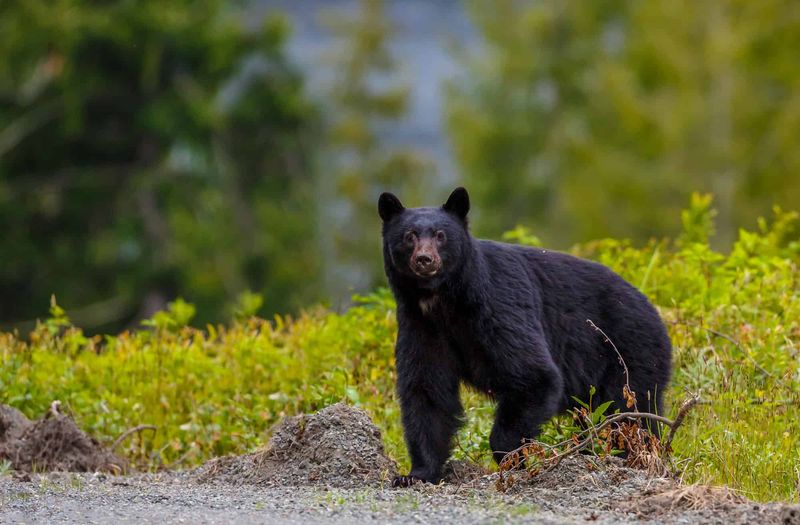
Pennsylvania’s black bear population has surged to nearly 20,000, up from just 4,000 in the 1970s. This remarkable recovery story comes with new challenges as bears and humans increasingly cross paths.
Game Commission reports show a 50% increase in suburban bear sightings over the past decade. Many residents now routinely spot these woodland creatures exploring backyards, parks, and even main streets.
Why Are Black Bears Moving Into Suburban Areas?
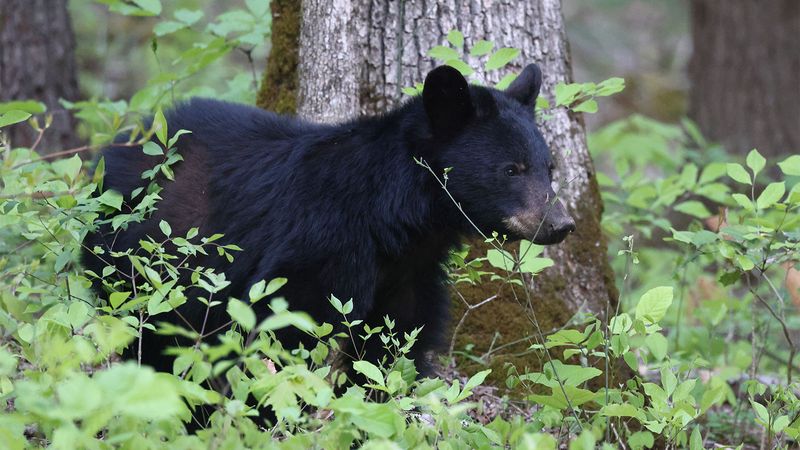
Bears follow their stomachs! Human neighborhoods offer easy meals through garbage cans, bird feeders, and pet food—basically an all-you-can-eat buffet compared to foraging in the woods.
Young male bears, typically 2-3 years old, get pushed out of their birth territories by dominant adults. These inexperienced youngsters often wander into populated areas while searching for their own territory.
Urban Expansion And Habitat Loss
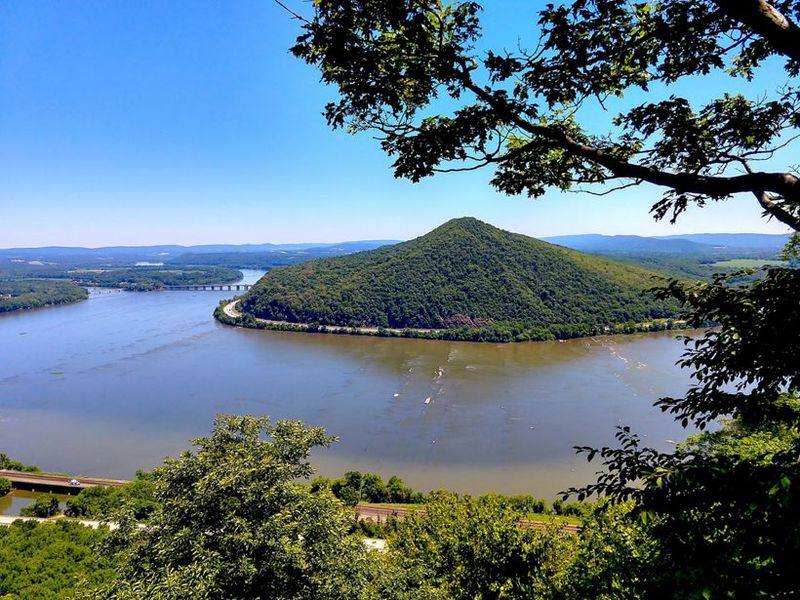
Housing developments are rapidly replacing Pennsylvania’s forests, shrinking natural bear habitat by thousands of acres annually. When we build homes where bears once roamed, we shouldn’t be surprised when they visit!
Fragmented forests force bears to cross through neighborhoods to reach remaining woodland patches. These wildlife corridors often run directly through our communities.
The Role Of Food Availability In Attracting Bears To Neighborhoods
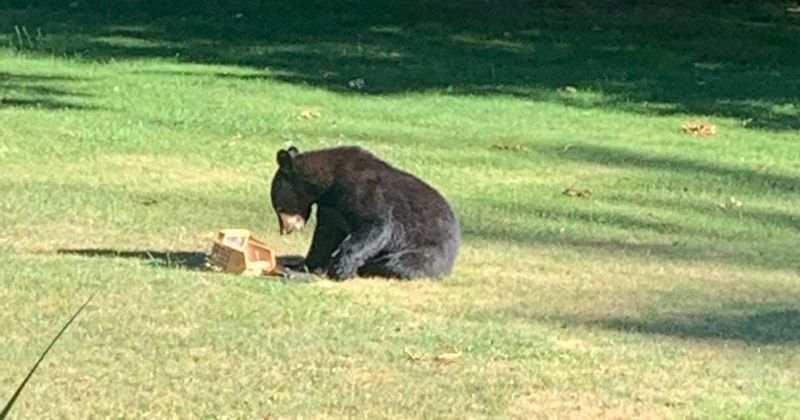
A black bear’s nose can detect food from over a mile away—making your backyard barbecue an irresistible invitation! One unsecured trash can might feed a bear for days, teaching it that neighborhoods equal easy meals.
Fruit trees, gardens, and compost piles become bear magnets during food shortages in forests. A single bird feeder can provide more calories than a bear might find during an entire day of natural foraging.
When Are Black Bears Most Likely To Be Seen?

Spring brings hungry bears emerging from winter dens, desperately seeking food after losing up to 30% of their body weight. These ravenous animals will travel miles for reliable food sources—often straight into our neighborhoods.
Fall creates another peak in sightings as bears enter hyperphagia—consuming up to 20,000 calories daily to prepare for winter. Your apple tree or garden becomes an irresistible pit stop during this feeding frenzy.
How Changing Weather Patterns Affect Bear Habitats
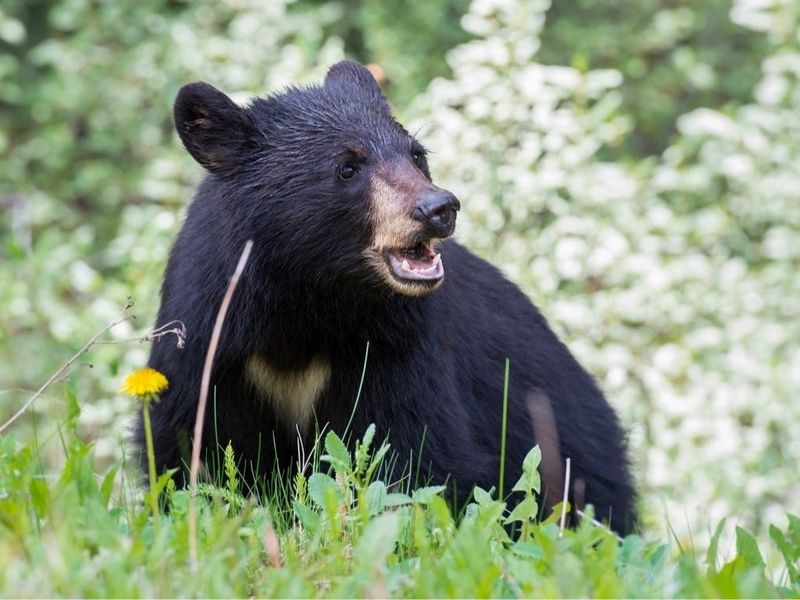
Warmer winters have disrupted hibernation patterns, keeping some bears active when they’d normally be sleeping. These confused bruins often wander into neighborhoods during traditional denning months.
Droughts and extreme weather events damage natural food sources like berries and nuts. When forest meals become scarce due to climate shifts, bears seek alternatives—your backyard suddenly becomes prime dining territory.
What Happens When Black Bears Enter Neighborhoods?
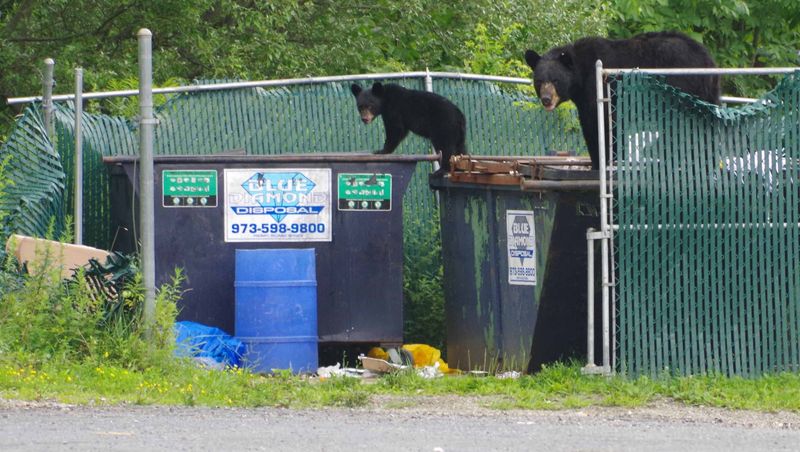
Curious bears investigate anything that might contain food—tearing into garbage cans, breaking into sheds, or dismantling bird feeders with surprising dexterity. Their powerful claws make quick work of flimsy locks and containers.
Most bears avoid people, visiting neighborhoods at dawn or dusk when humans are less active. However, repeated success finding food can make them bolder, leading to daytime visits and potential conflicts.
How To Keep Your Home Safe From Black Bear Intrusions
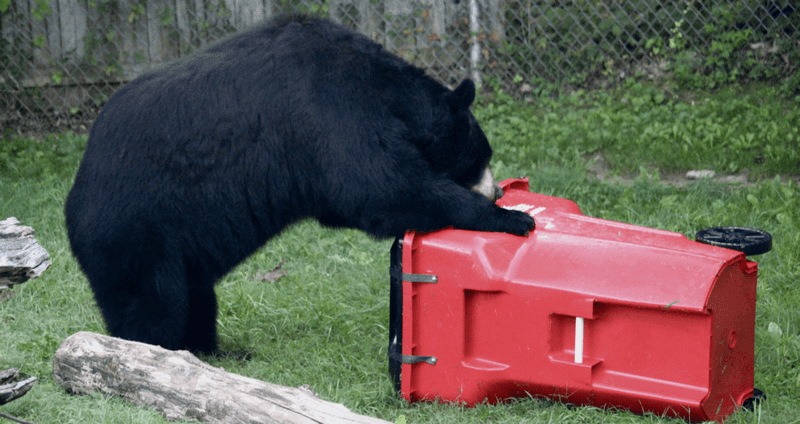
Store trash in bear-resistant containers or secure buildings until collection day. The simple act of keeping garbage indoors until morning pickup can dramatically reduce neighborhood bear activity.
Remove bird feeders during bear season (April-November) or bring them in nightly. Electric fencing around beehives, compost piles, and gardens creates effective barriers that teach bears your property isn’t worth the shocking experience.
How To Handle An Encounter With A Black Bear
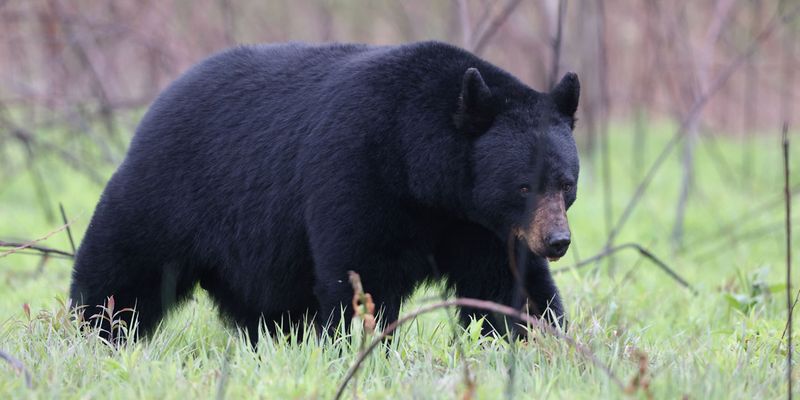
Never run from a bear—this triggers their chase instinct! Instead, back away slowly while speaking in a calm, firm voice. Make yourself look bigger by raising your arms while giving the bear plenty of space to escape.
Black bears rarely attack humans, preferring to avoid confrontation. Most stand-up postures aren’t aggressive—they’re just trying to get a better look or smell of what you are.
Bear-Proofing Your Yard
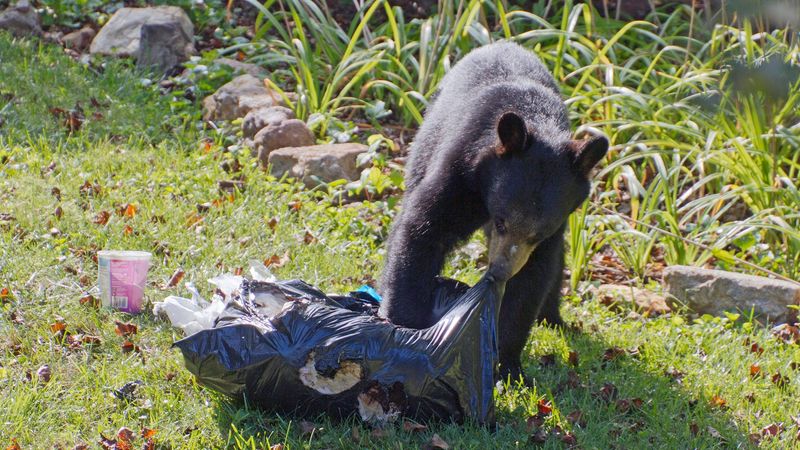
Motion-activated lights and sprinklers startle bears before they reach your home. These harmless deterrents teach bears your property isn’t a comfortable place to visit.
Clean outdoor grills thoroughly after each use—even tiny food residues emit powerful aromas to bears. Fruit trees become major attractions, so harvest ripe fruit immediately and pick up fallen produce daily during bear season.
What To Do If You Spot A Black Bear In Your Neighborhood
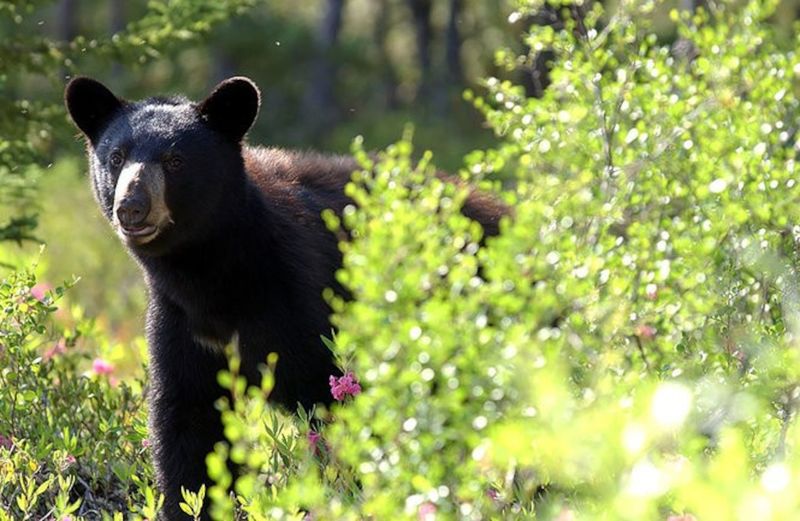
Call your local Game Commission office rather than 911 unless there’s immediate danger. Wildlife officers can assess whether the bear needs intervention or is just passing through.
Alert neighbors through community apps or social media, but avoid creating unnecessary panic. Most bear visits end without incident when the animal finds no food rewards and moves along naturally.
Coexisting With Black Bears In Pennsylvania
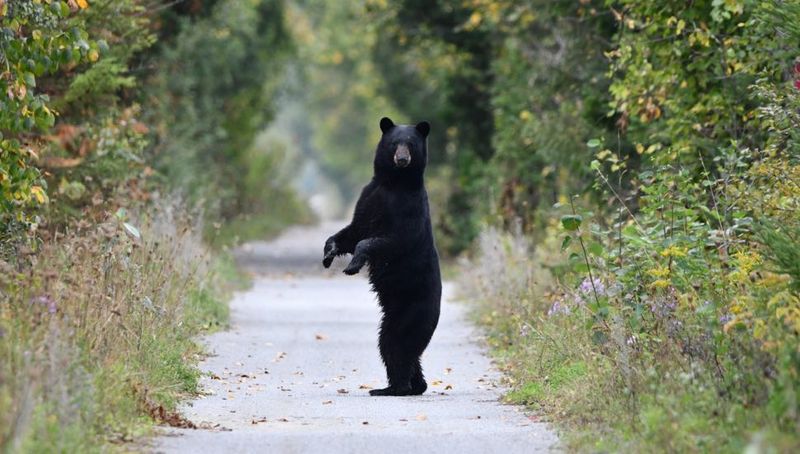
Black bears lived in Pennsylvania long before humans arrived—we’re the newcomers in their ancient territory. Learning to share space respectfully benefits both species and creates healthier ecosystems.
Communities that adopt bear-smart practices see dramatic reductions in conflict. Simple changes in how we manage our homes and yards can make peaceful coexistence possible, allowing these magnificent animals to thrive without dangerous human dependency.

